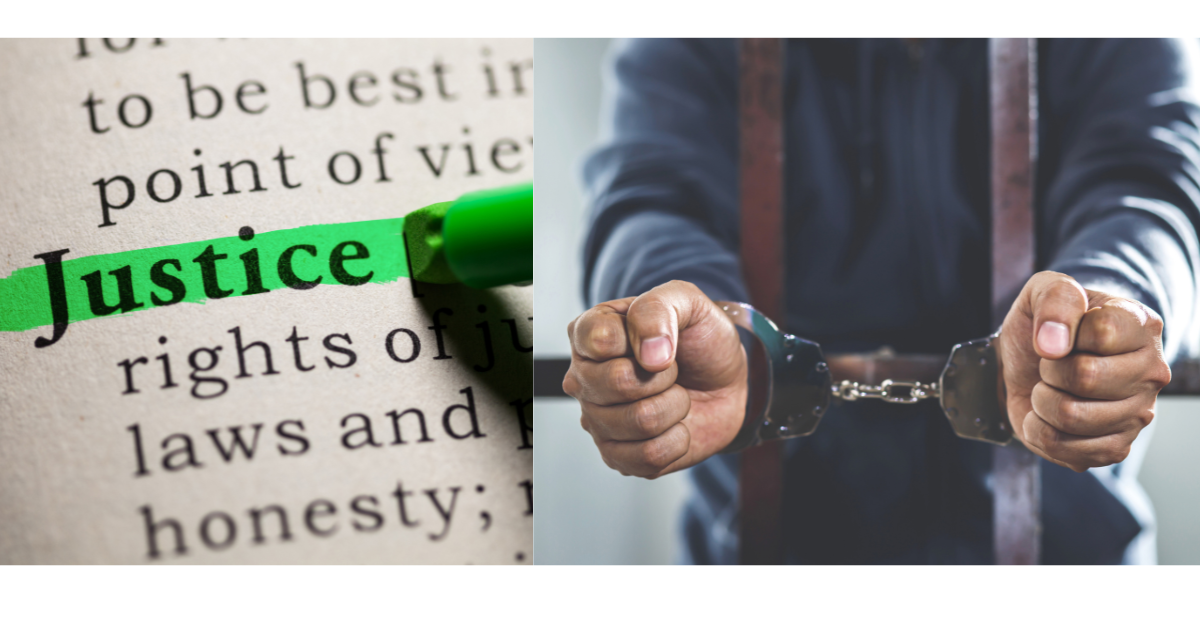Why settle for imprisoning criminals to punish them?
August 14
Fines and incarceration are the most common punishments for crimes in most societies. Whether it is a multimillion-dollar fine or many years in prison, these types of punishment rarely address the needs of the victims and affected communities. Sana Hussein, a 27-year-old Commonwealth Correspondent from Kenya, explores how restorative justice works and argues that it does more good for all involved than imprisoning the perpetrator.
Crime goes beyond breaking the law or hurting a victim, it extends to causing harm to relationships and the community. When a crime happens, the victim and community lose their sense of safety and they need reassurance that the offender will be punished and necessary steps will be taken to discourage its reoccurrence. Restorative justice aims to meet this need by ensuring the victims’ and the communities’ needs are met while simultaneously providing a sense of justice.
One of the basic principles of restorative justice is that the people most affected by the crime should be able to participate in the resolution. In addition to expecting robust responses to crimes, communities have an important role in ensuring that restorative justice processes are readily available, supported and funded.
Communities promote restorative justice by providing offenders with the chance to repair the harm caused. This may involve allowing the offender to carry out reparative actions such as unpaid work at local charitable organisations. Offenders may also perform community service for a set number of hours which provides symbolic reparation to society as it benefits the community at large.
Another key player that makes reparative justice possible is the state. It has a critical role in the administration of justice and the restoration of the damage done as a result of criminal acts. The state acts as an enabler, resource provider, implementer and guarantor of quality practice in the restorative justice process.
As an enabler, the state sets the legal framework for restorative justice structures which helps them to delegate responsibility to communities for addressing crime. The state also funds restorative programmes as well provides the facilities for community conferences. This allows the state to acquire influence over the programmes and their outcomes.
Additionally, the state is responsible for implementing these restorative justice programmes and serves as a guarantor of quality practice by supporting activities that promote restoration. They also encourage the parties involved (victim, community and offender) to engage with each other. Through their interaction, the victims, community and offenders can explore what the community has learned.
Including restorative justice in the treatment of crime and conflict benefits all the affected parties. It is easy for us to settle for imprisonment however forcing the perpetrator to suffer does not by any means mitigate the victim’s distress but through restorative justice, we can repair the damage caused by crime.
Photo Credit: Canva
About Sana Hussein: I am a young professional in the legal field always yearning for adventure. My interests comprise of hiking, camping, road trips, meditation and exploring in nature. My ambition is to keep growing spiritually, professionally and mentally. I aim to achieve a good footing in my career path as well as to keep learning new things.






